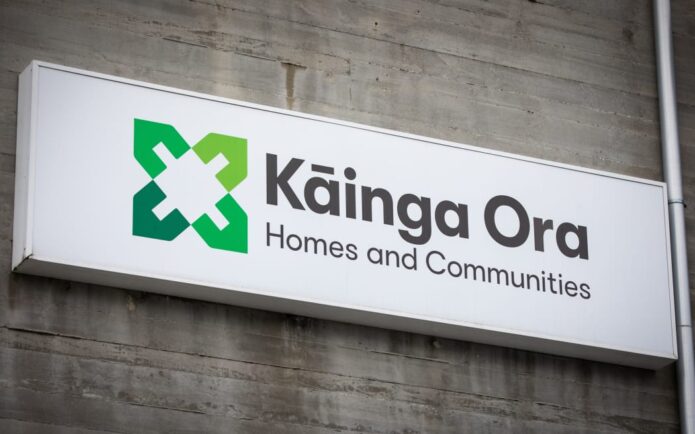PHOTO: Mortgages. FILE
New Zealand has officially entered a recession as the country’s gross domestic product (GDP) experienced a 0.1 percent decline in the first quarter of this year. However, a prominent economist warns that this does not necessarily mean relief is imminent for homeowners grappling with skyrocketing mortgage rates.
Who are the ‘MOVERS AND SHAKERS’ of the NZ real estate industry? BUY NOW $19.99
Data from Stats NZ, released on Thursday, disclosed that the decline in GDP was primarily driven by a decrease in business services. While the government attributed the recession to severe weather events like Cyclone Gabrielle and the Auckland floods, the National Party placed blame on the government itself.
Nonetheless, ASB chief economist Nick Tuffley outlined multiple factors contributing to the economic contraction, including inflation and the rising cost of living. Speaking on AM, Tuffley informed co-host Ryan Bridge that the economy has been under pressure due to higher interest rates and increased living expenses. He acknowledged the adverse impact of the floods but emphasized that the decline in economic performance was relatively broad-based.
propertynoise.co.nz to launch real estate industry recruitment site
Tuffley anticipated uneven economic growth for the remainder of the year. However, for homeowners anticipating that the recession will prompt the Reserve Bank (RBNZ) to lower interest rates, Tuffley cautioned that they might have to wait longer. Since the end of 2021, the RBNZ has been gradually raising the Official Cash Rate (OCR) in an attempt to curb inflation. Tuffley clarified that even though spending is declining, it does not necessarily mean that the rate hikes will cease anytime soon. The RBNZ is expected to wait and observe the trajectory of inflation before making any significant policy adjustments.
Tuffley highlighted that the current objective is to maintain interest rates at a relatively high level in order to reduce inflation from nearly seven percent to a range of one to three percent, which aligns with the RBNZ’s mandate.
MOST POPULAR
- Horowhenua couple’s court battle over subdivided land
- Ex real estate agent and All White accused of ‘manipulating’ elderly woman
- What the average Ray White real estate agent earns in Australia
- THE ANCIENT STONE CITY: Proof of NZ civilisation before Kupe
- Claims about Jacinda Ardern’s wealth
- Don Ha and RE/MAX®NZ purchases Master Franchise rights in Fiji
- Empowering Real Estate Agents: @realty Offers Lucrative Commissions and Unparalleled Support
- BEWARE: Own an ‘expensive house’? – the GREEN PARTY wants to tax you!
- Abandoned land for sale
- REVEALED: Top Real Estate Agents in the United States – 2023













